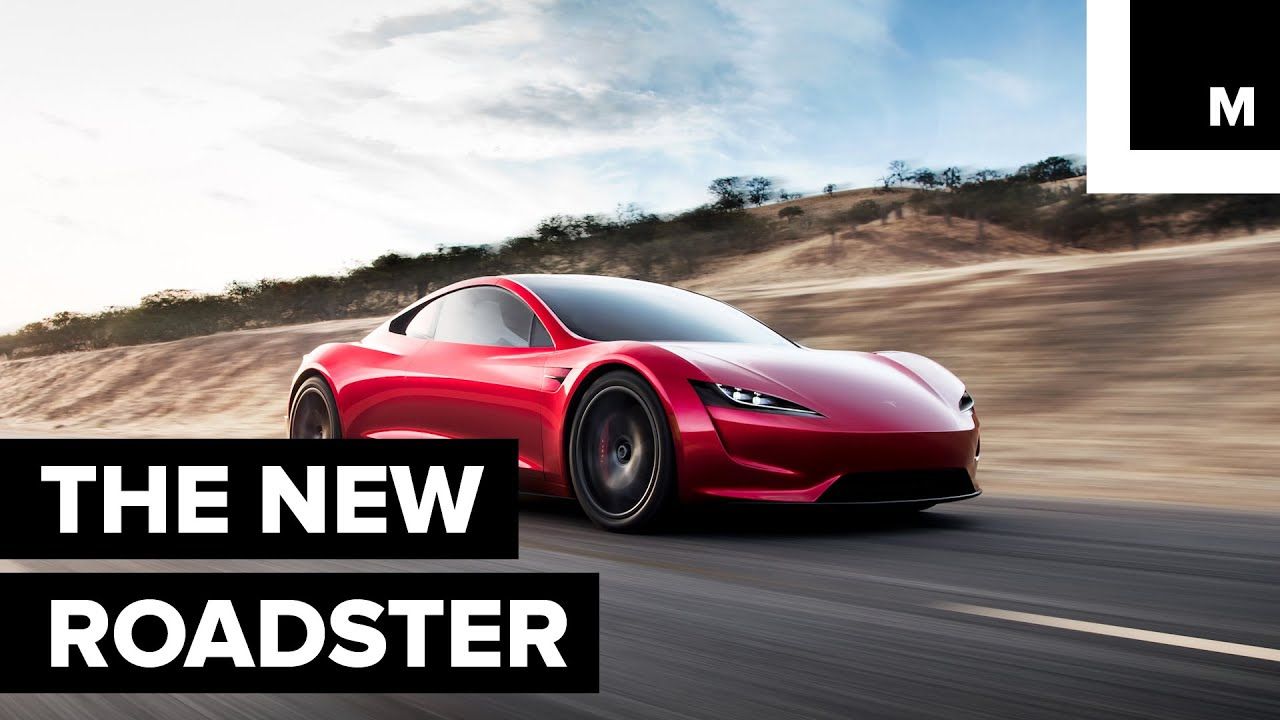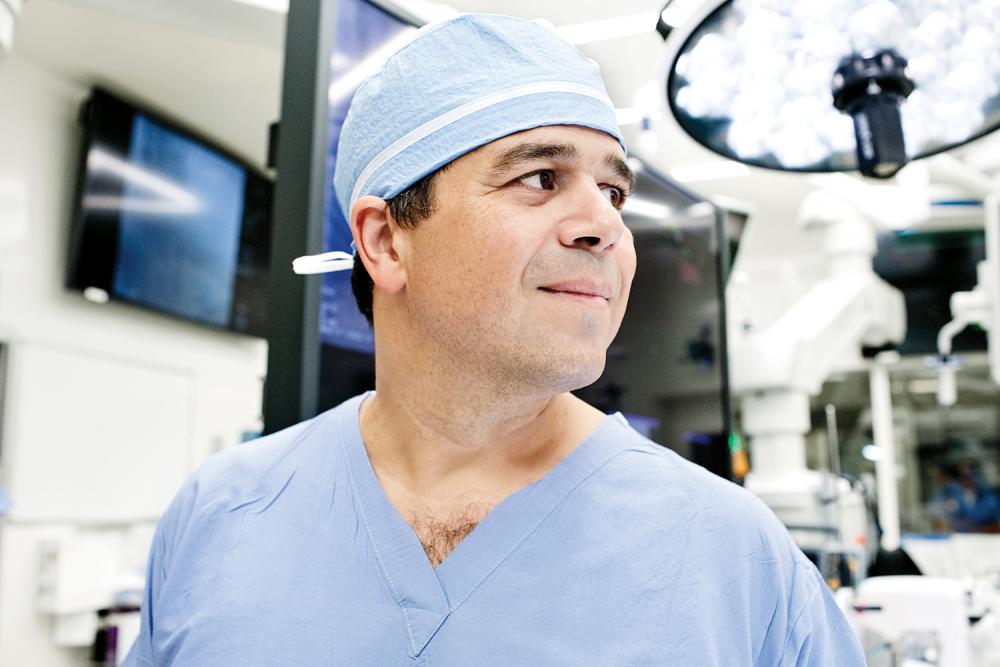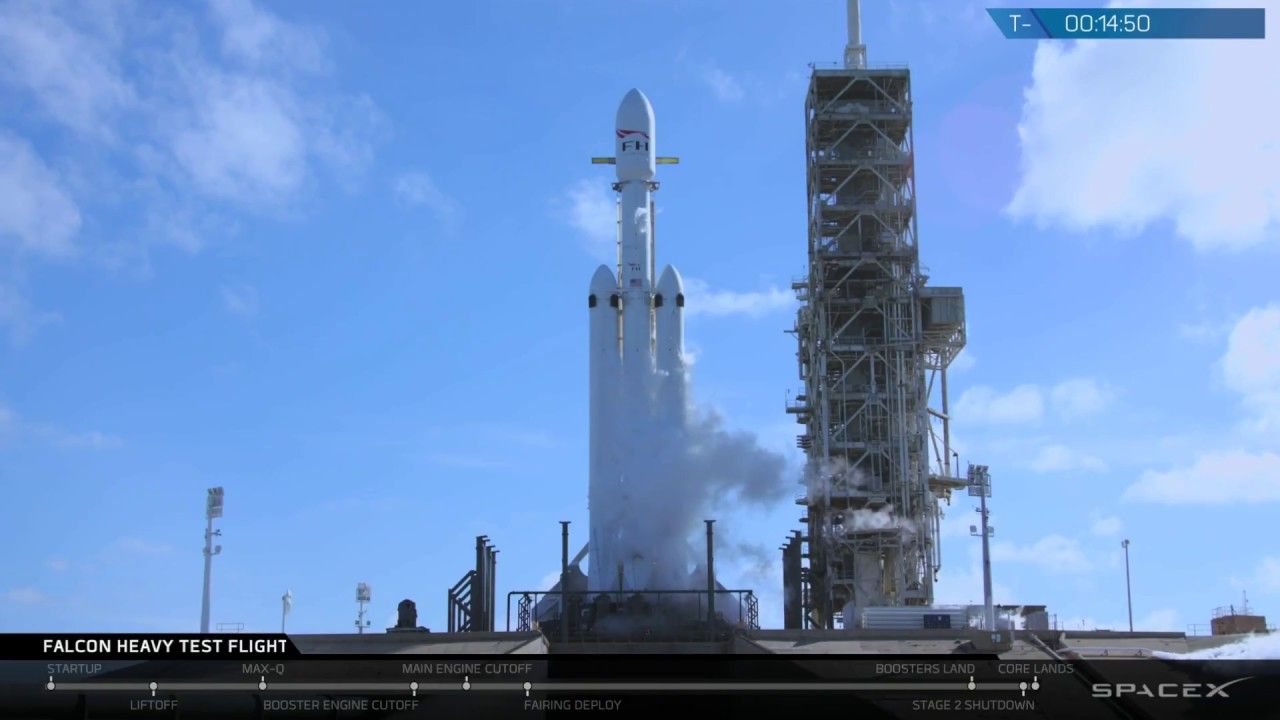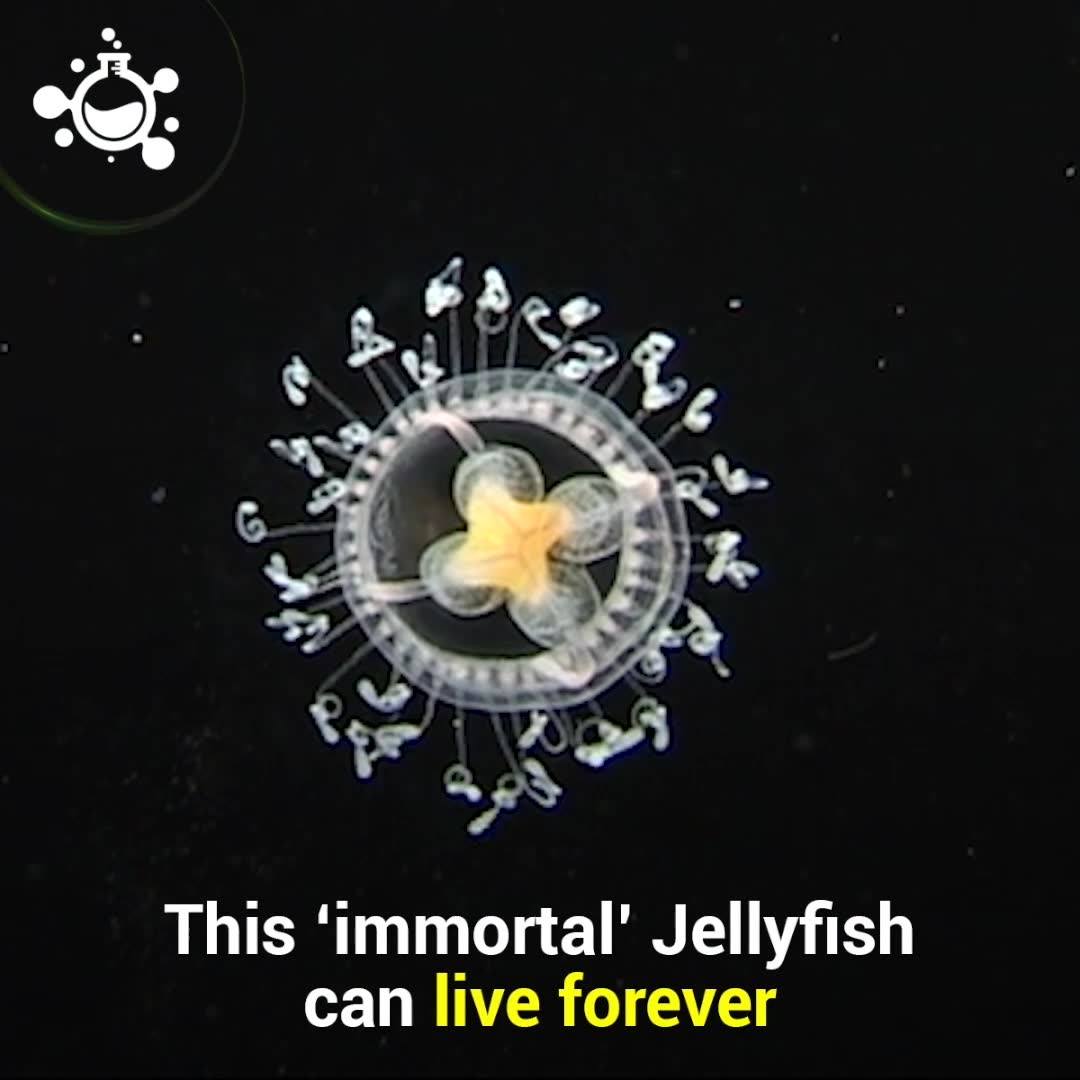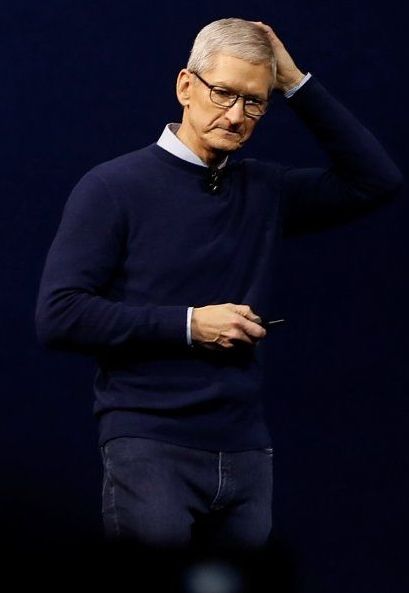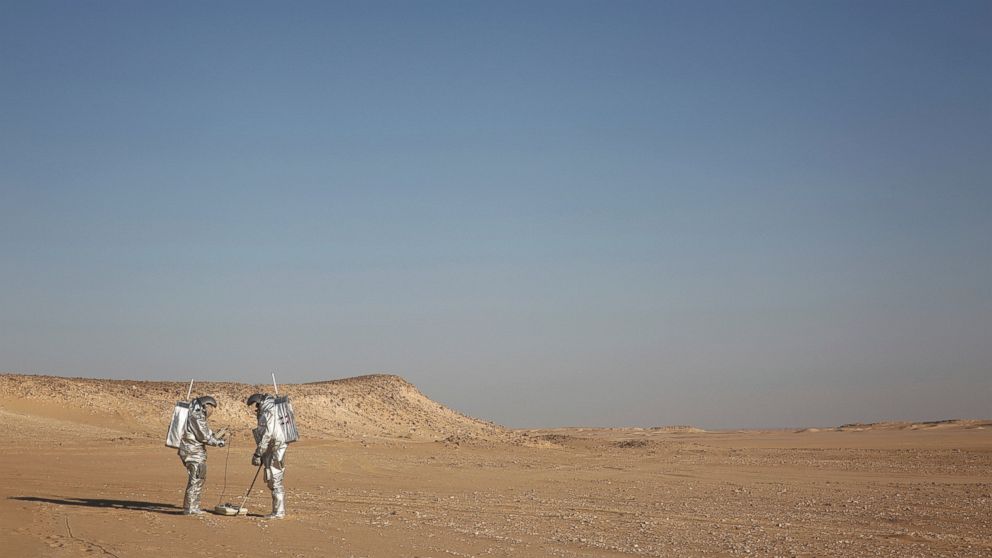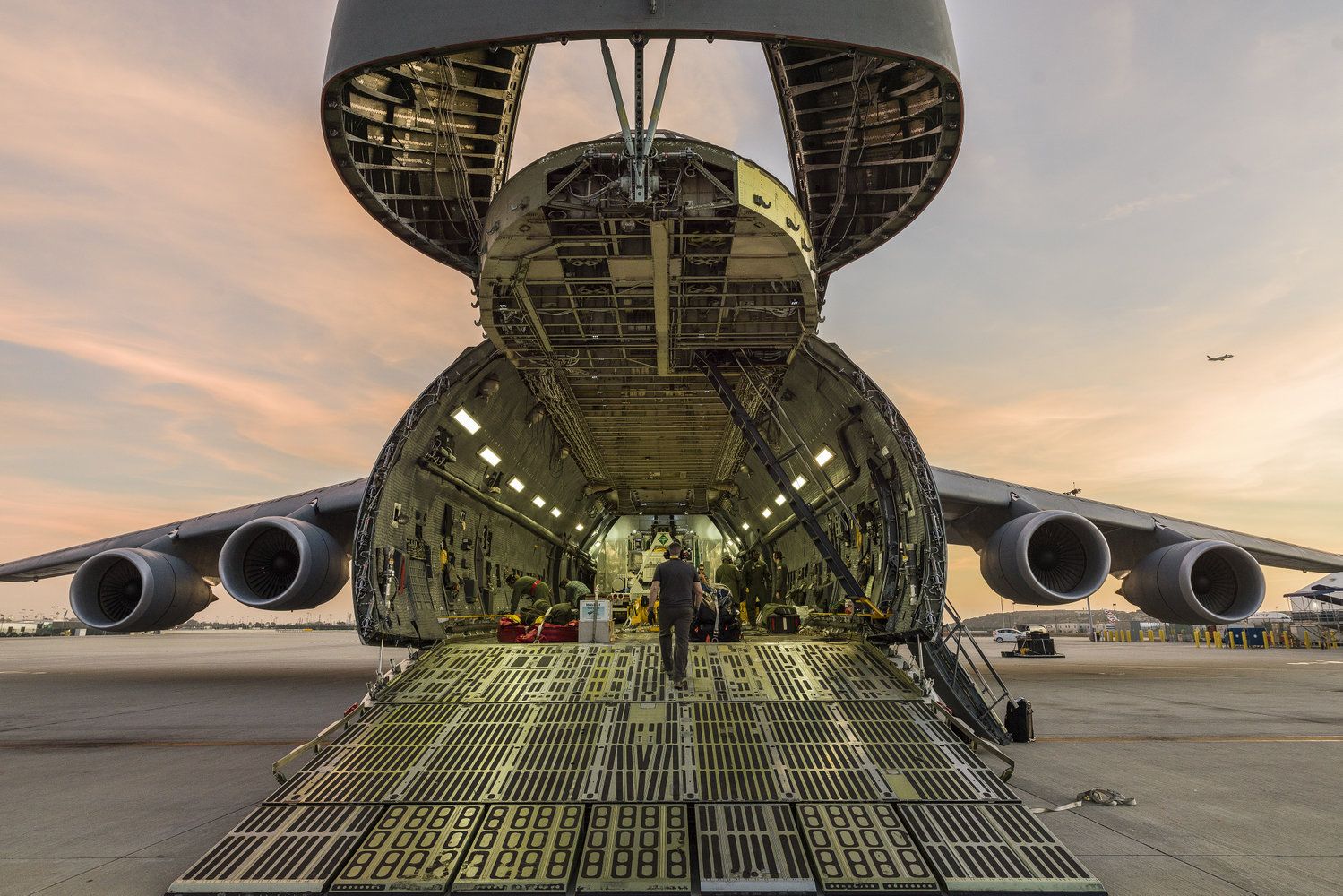But that doesn’t mean the company isn’t working on cool new features. During the earnings call, Tesla CEO Elon Musk said that within three to six months, he expects Tesla cars to be able to drive autonomously from U.S. coast to coast.
SEE ALSO: Tesla’s bringing Powerwall batteries to 50,000 homes in Australia
Musk originally promised this in Oct. 2016, which is when the company also showed a video of a Tesla car driving itself to work without human intervention. But that was just after the company ended its partnership with Mobileye, the developer of the original self-driving system for Tesla cars, and switched to a system built in-house. It took quite a while for Tesla’s technology to catch up with what Mobileye had built.
